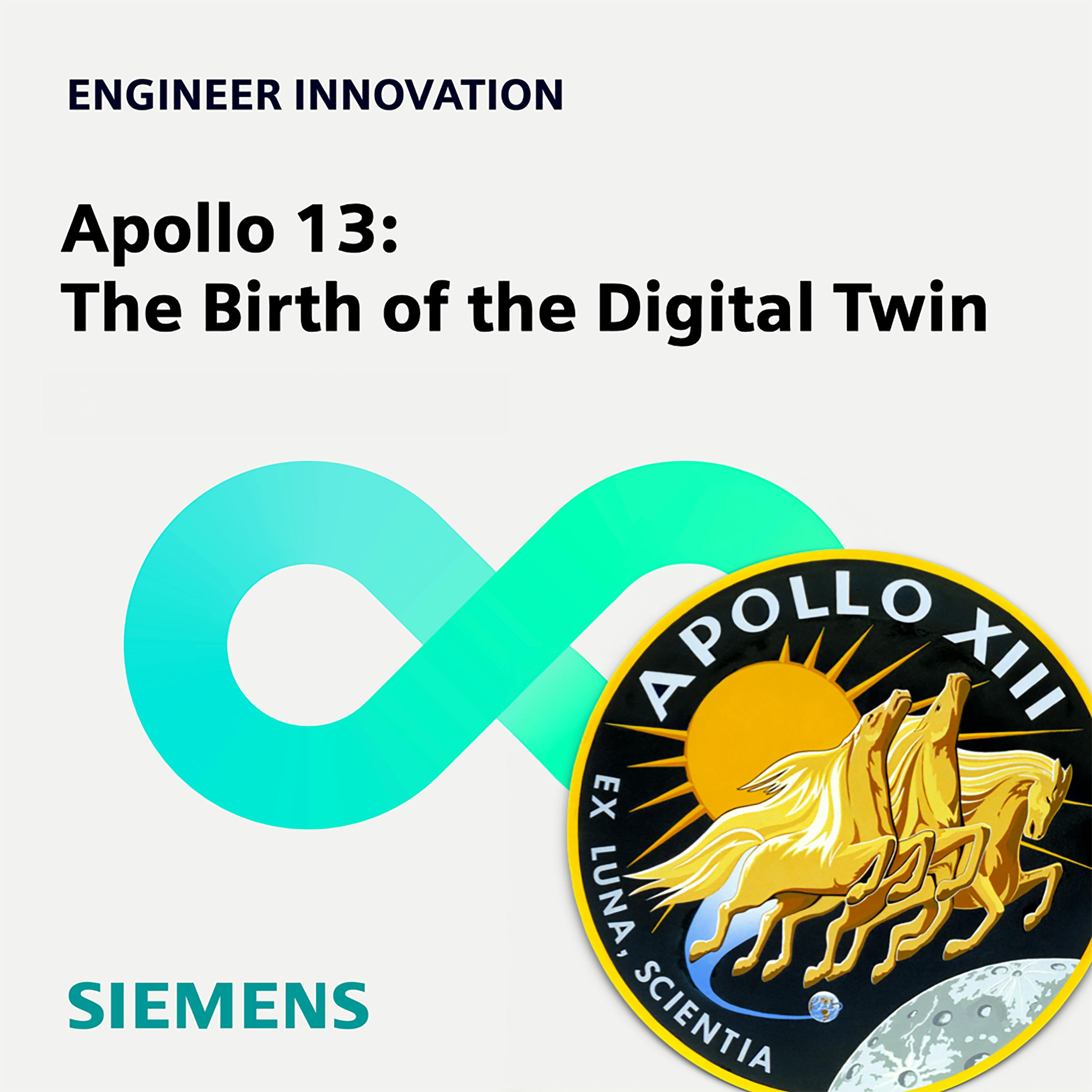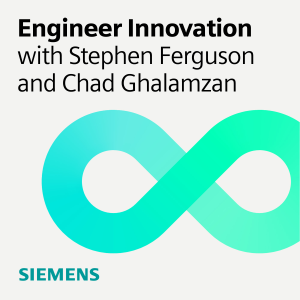
- Podcast Features
-
Monetization
-
Ads Marketplace
Join Ads Marketplace to earn through podcast sponsorships.
-
PodAds
Manage your ads with dynamic ad insertion capability.
-
Apple Podcasts Subscriptions Integration
Monetize with Apple Podcasts Subscriptions via Podbean.
-
Live Streaming
Earn rewards and recurring income from Fan Club membership.
-
Ads Marketplace
- Podbean App
-
Help and Support
-
Help Center
Get the answers and support you need.
-
Podbean Academy
Resources and guides to launch, grow, and monetize podcast.
-
Podbean Blog
Stay updated with the latest podcasting tips and trends.
-
What’s New
Check out our newest and recently released features!
-
Podcasting Smarter
Podcast interviews, best practices, and helpful tips.
-
Help Center
-
Popular Topics
-
How to Start a Podcast
The step-by-step guide to start your own podcast.
-
How to Start a Live Podcast
Create the best live podcast and engage your audience.
-
How to Monetize a Podcast
Tips on making the decision to monetize your podcast.
-
How to Promote Your Podcast
The best ways to get more eyes and ears on your podcast.
-
Podcast Advertising 101
Everything you need to know about podcast advertising.
-
Mobile Podcast Recording Guide
The ultimate guide to recording a podcast on your phone.
-
How to Use Group Recording
Steps to set up and use group recording in the Podbean app.
-
How to Start a Podcast
-
Podcasting
- Podcast Features
-
Monetization
-
Ads Marketplace
Join Ads Marketplace to earn through podcast sponsorships.
-
PodAds
Manage your ads with dynamic ad insertion capability.
-
Apple Podcasts Subscriptions Integration
Monetize with Apple Podcasts Subscriptions via Podbean.
-
Live Streaming
Earn rewards and recurring income from Fan Club membership.
-
Ads Marketplace
- Podbean App
- Advertisers
- Enterprise
- Pricing
-
Resources
-
Help and Support
-
Help Center
Get the answers and support you need.
-
Podbean Academy
Resources and guides to launch, grow, and monetize podcast.
-
Podbean Blog
Stay updated with the latest podcasting tips and trends.
-
What’s New
Check out our newest and recently released features!
-
Podcasting Smarter
Podcast interviews, best practices, and helpful tips.
-
Help Center
-
Popular Topics
-
How to Start a Podcast
The step-by-step guide to start your own podcast.
-
How to Start a Live Podcast
Create the best live podcast and engage your audience.
-
How to Monetize a Podcast
Tips on making the decision to monetize your podcast.
-
How to Promote Your Podcast
The best ways to get more eyes and ears on your podcast.
-
Podcast Advertising 101
Everything you need to know about podcast advertising.
-
Mobile Podcast Recording Guide
The ultimate guide to recording a podcast on your phone.
-
How to Use Group Recording
Steps to set up and use group recording in the Podbean app.
-
How to Start a Podcast
-
Help and Support
- Discover

On April 13, 1970, 210,000 miles away from Earth (about 330,000 km), three astronauts were suddenly jolted by a "bang-whump-shudder" that shook their tiny spacecraft. One of the astronauts saw the hull physically flex. Within seconds, the cabin was illuminated with warning lights, and a cacophony of alarms rang in their ears.
“Houston, we’ve had a problem,” reported Apollo 13 Commander Jim Lovell.
Something was wrong—seriously wrong. But, unable to see outside of the craft, the astronauts couldn’t grasp the full extent of the damage. With every passing minute, the crippled spacecraft moved another 400 miles away from Earth. In the history of our species, no one had been in this much trouble so far from home. Indeed, a few hours later, they would be farther from home than anyone had ever been, either before or in the 50 years since.
In this special documentary edition of the Engineer Innovation podcast, we explore the role that engineering simulation played in rescuing three American astronauts from near-certain death, turning what could have been NASA’s biggest disaster into its greatest success.
Key Takeaways:
- The Apollo 13 mission is more than just a story of survival; it’s a pivotal moment in the history of digital engineering, marking the birth of the digital twin.
- Discover how NASA engineers used simulations and real-time data to create a virtual replica of the damaged spacecraft, allowing them to test solutions and guide the crew home.
- Explore the lasting impact of this innovation, which has since evolved into a critical tool across industries, from aerospace to manufacturing.
This episode of the Engineer Innovation podcast is brought to you by Siemens Digital Industries Software—where electronics, engineering, and manufacturing come together to shape a better digital future.
If you enjoyed this episode, a 5-star review would be much appreciated. And don’t forget to subscribe on Apple or Spotify to stay updated on future episodes.
More Episodes
 2024-09-26
2024-09-26
 2024-09-04
2024-09-04
 2024-03-01
2024-03-01
 2024-01-18
2024-01-18
Create your
podcast in
minutes
- Full-featured podcast site
- Unlimited storage and bandwidth
- Comprehensive podcast stats
- Distribute to Apple Podcasts, Spotify, and more
- Make money with your podcast
It is Free
- Privacy Policy
- Cookie Policy
- Terms of Use
- Consent Preferences
- Copyright © 2015-2025 Podbean.com




